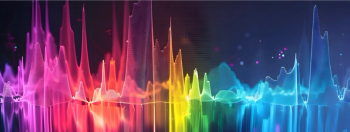
Spectroscopy and Space Exploration: A One-Day Content Series on July 20th
Spectroscopy magazine is pleased to announce the launch of a new one-day content series titled, “Spectroscopy and Space Exploration,” which will take place this Thursday, July 20th, 2023.
Spectroscopy magazine is pleased to announce the launch of a new one-day content series titled, “Spectroscopy and Space Exploration,” which will take place this Thursday, July 20th, 2023.
Spectroscopy has a long history of contributing toward space exploration studies and advancing our knowledge of astronomy, astrophysics, and planetary science. On July 20th, we will spotlight current research in the field of spectroscopy that has helped advance space exploration and focus on the spectroscopic techniques that have paved the way for future studies in space exploration.
Spectroscopy magazine is excited to be bringing this content series to you, and it is our hope that you find the content we share interesting and informative. Be sure to check out our main homepage on July 20th, so you can embark on your journey to see the impact that spectroscopists are having in the field of space exploration.
Watch the preview below for a sneak peek at what to expect for this one-day content series:
Newsletter
Get essential updates on the latest spectroscopy technologies, regulatory standards, and best practices—subscribe today to Spectroscopy.





